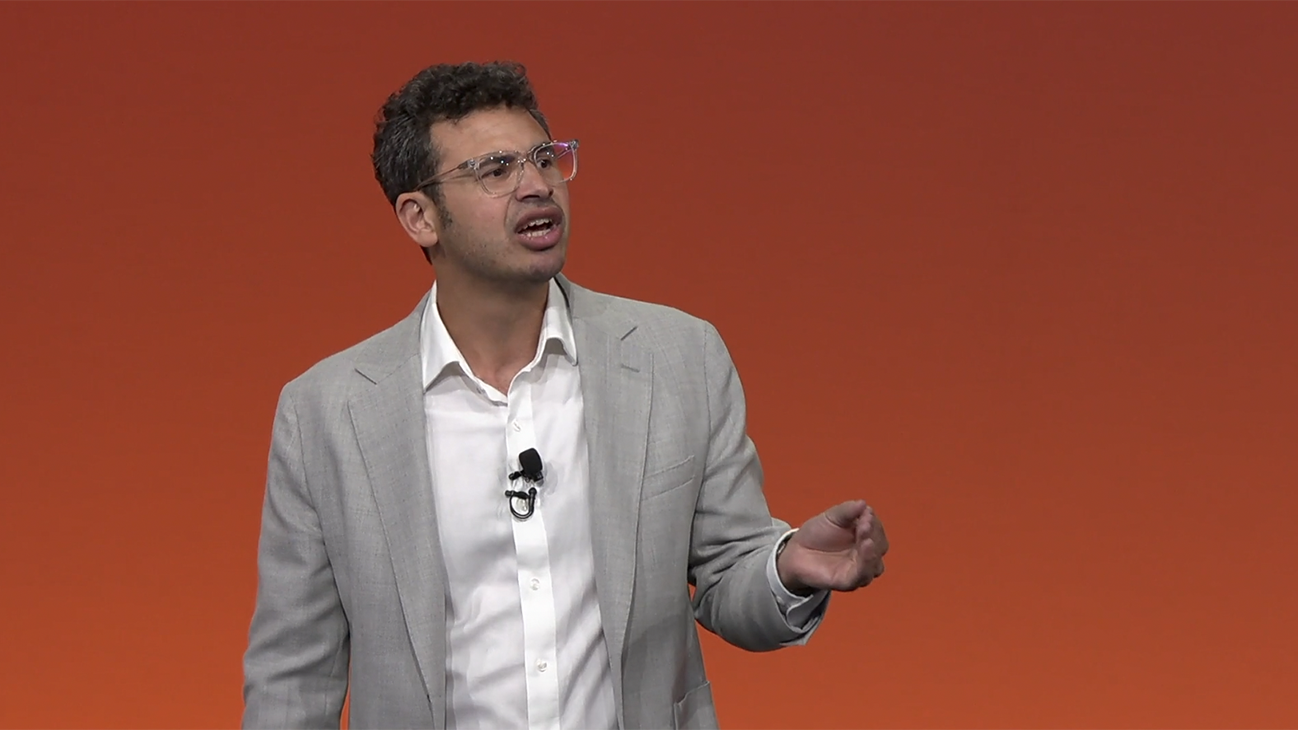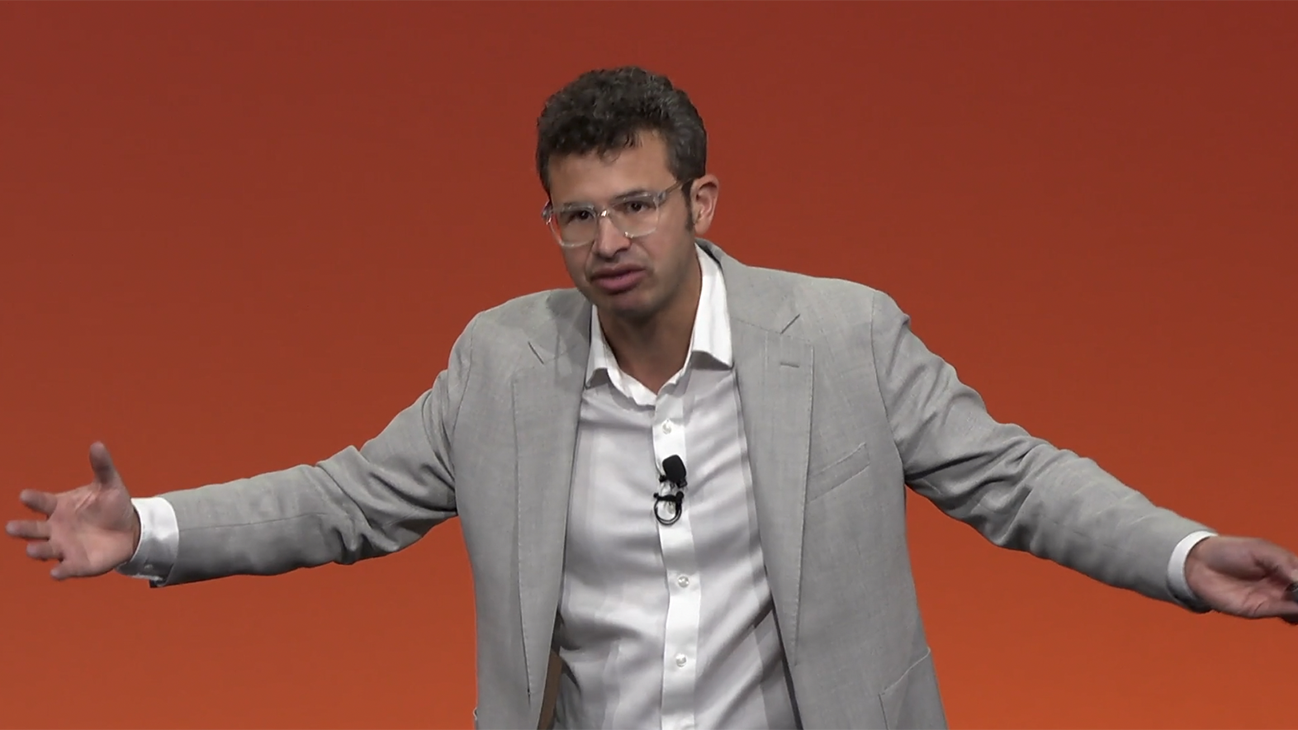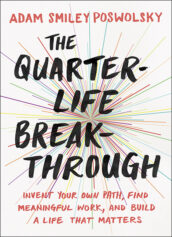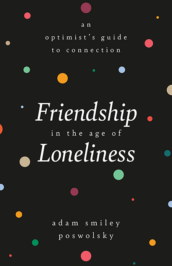In a lonely, non-stop, overwhelmed workplace — where time spent face-to-face has been replaced with wall-to-wall Zoom meetings, 24/7 Slack messages, and the rapid rise of AI and ChatGPT — workplace connection has withered.
43% of employees don’t feel a sense of connection to their coworkers, 38% don’t trust their coworkers, and 22% don’t even have one friend at work. 70% of employees are disengaged from their jobs — with disengagement at a record high. Lonely employees are less productive and cost US employers $4000 per employee and $406 billion a year. Meanwhile, high levels of belonging can save a company $52 million a year and provide employees with greater resilience, well-being, and personal and professional growth.
In this timely, inspiring, and highly actionable presentation, workplace belonging expert Smiley Poswolsky will share how we can attract and retain top talent, reignite human connection, and increase team engagement, by creating a culture of belonging for our employees — and our customers and clients too.
Smiley will share actionable and easy-to-implement tools for fostering team engagement, psychological safety, and supporting our teams with through disconnection, burnout, and anxiety about the impact of AI and ChatGPT. At the end of this presentation, your team will have an easy-to-use toolkit to reimagine a collaborative, inclusive, people-first culture, and become an industry leader in the future of work.
Key audience takeaways:
- Learn five ways to increase workplace belonging and workplace connection.
- Understand the definition of psychological safety and how to foster higher levels of psychological safety on your team, including a simple exercise to try at your next team meeting.
- The key to avoiding proximity bias and making the workplace work for all teams, whether in-person, hybrid, or remote.
- Actionable (and no-cost!) team habits and rituals to best support your teams through the challenges of burnout, disconnection, low morale, and overwhelm.
- A practical toolkit every leader, manager, and individual employee can use to build a more connected, collaborative, and engaged culture of belonging at work.






